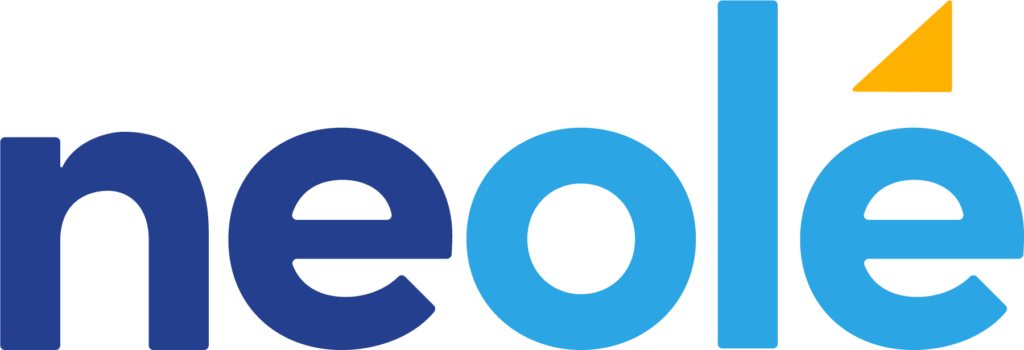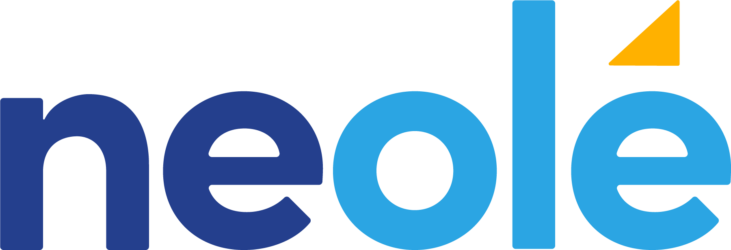How much time are intelligent people wasting at meetings?
Certainly a lot more than necessary.
In fact:
Managers at large companies spend 75% of their average work day in meetings (10% for managers at small companies).
70% of employees say that they bring other work to an average meeting.
But here’s the thing: if people’s time spent in meetings resulted in more productive outcomes, there would be less need to spend so much time in meetings.
Given the amount of knowledge we have gained over the last five decades in the area of neuroscience, organizational psychology, creative thinking and emotional intelligence, it is a big surprise that most companies still don’t know how to lead productive and collaborative meetings.
Here are a few tips that, while common sense, are certainly not common practice:
Identify whether there’s a real need to meet in person or not.
Today’s technology, coupled with expert facilitation, allows for very productive virtual meetings, effectively cutting out the expense of travel.
There’s a major difference between sitting in a video conference while multi-tasking and actively participating in a facilitated virtual meeting that combines video conferencing with a collaborative workspace. The latter will result in the efficient use of time and expertise, with undeniably productive outcomes whereas the former will lead to a disengaged meeting with little to show in the end.
Establish clear objectives and desired outcomes.
Whether you are meeting online or in person, you won’t make a smart decision about who should attend if you don’t first determine what you want to achieve.
Are you looking to gather expert opinions and information? Do you just need to communicate an update and ensure there’s alignment and understanding? Do you need new ideas? Do you need feedback on an ongoing project? Or are you hoping for a different outcome altogether?
Plan for how participants will contribute to each of the meeting’s goals.
Having and sticking to an agenda is the first step. However, while an agenda provides the list of objectives, you also need to plan a process for how to engage participants in meeting each objective listed. If you don’t, you will end up hearing from the same talking heads as usual while making snail-speed progress and wasting at least 50% of each participant’s time and expertise.
Bring in an external facilitator with expertise in the types of outcomes you are aiming for.
In a three-year study conducted by the International Center for Studies in Creativity (ICSC), researchers found that when ideation meetings are managed by facilitators with considerable expertise in the creative problem solving process, the diversity of ideas was 125% higher compared to the meetings that followed no particular structure. In addition, the facilitators with no expertise or training in creative problem solving process were viewed by their peers as being much less effective than those with training. And the latter meetings were less productive with less original results. Participants’ ability to generate and select creative solutions to a complex problem was clearly higher in meetings facilitated by experts in the science of creativity.
Your Takeaway
The more people you invite to a meeting, the more potential for productivity, but only when you are deliberate about who is invited, you have established clear meeting objectives, and you have planned for how each individual will contribute to reaching the meeting’s objectives.
Discover how NeOlé can help you achieve results-oriented meetings that matter to everyone.







